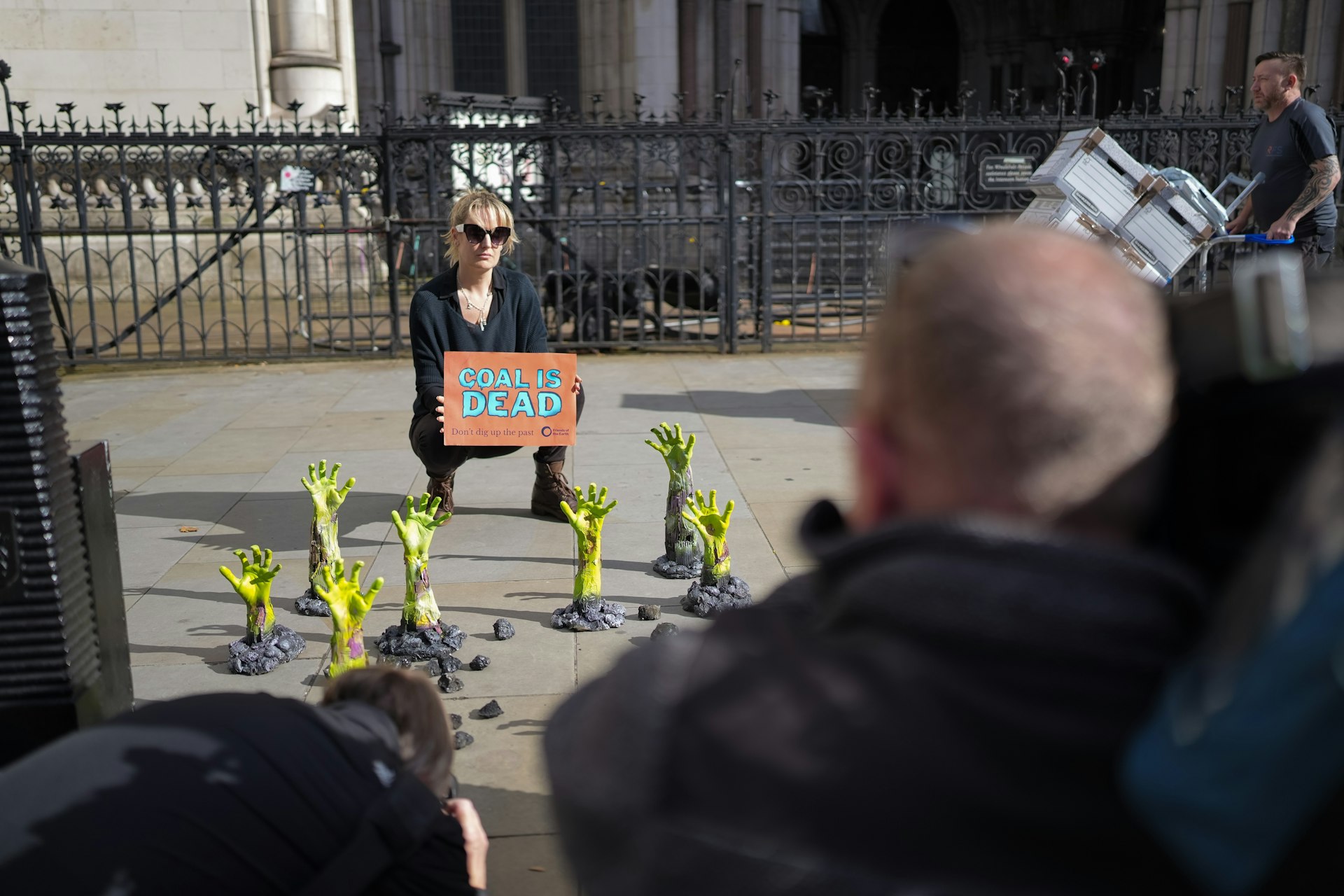Analogue photography’s imperfections reveal a deeper beauty
- Text by Alex King
- Photography by Elena Cremona

Elena Cremona is a documentary photographer originally from Munich, Germany.
When and why did you start shooting pictures?
I grew up in a culture where you would be judged upon your looks and how you presented yourself; I always set myself apart from this stigma through my photography, allowing me to control my own settings and outcome.
Munich is a city where image is everything; it has a culture of perfection, where everyone thrives for excellence, in terms of body size, style, and general appearance. I turned to photography at the age of fifteen, as I never agreed with society’s ideals and wanted instead to seek out my own interpretation of beauty.
The medium of analogue allows me to rebel against the so-called ‘perfection’ society forced upon me and recreate a world I deem to be beautiful by all it’s mistakes, grains and imperfections. I explore my ideas through cultures that society sees as ‘less fortunate’, as for me the commercial ideas of perfection are irrelevant.
What is it you love about film photography?
For me, film photography is about imperfection. Whether it may be with discontinued or expired film, or finding a camera at a flea market that has a sentimental value to the owner who previously used it. The authenticity of the photo I take using this camera adds a further level of depth to the image taken. Unpredictability and flawed outcomes are two intrinsic elements when it comes to shooting in film; I love the excitement and satisfaction this brings when I develop the images. Modern society has given rise to the digital medium of photography which lacks the hands-on involvement and creativity that analogue photography brings to the table.
What are you passionate about – interests, hobbies outside of photography – and how does this inform the images you take?
I have been fortunate enough to travel to some incredible places, which in turn has given me the opportunity to explore different cultures and artistic backgrounds. I recently travelled to Morocco and studied their culture. Weaving was an art form I had previously not known too much about, though my travels enlightened me to how simplistic and beautiful this style of working is. I was inspired to incorporate this into my photography. Being a very tactile individual, I’ve experimented with stitching into my images. I love the feeling of thread and cotton and imperfect frayed fabrics on negatives. Drawing inspiration from the world around me is a fundamental part of my work, absorbing elements of culture and transmitting this inspiration through my photography.
What’s the editing process like for you? Are you trying to tell stories with your images? What are those stories?
The editing process for my personal work is kept quite simple, as I love the imperfect element of analogue photography. Changing this through a digital medium, such as Photoshop would diminish the rawness I look for in my images. The only time I will adjust my images is before scanning them in; I like to manipulate and destroy negatives through methods such as stitching, weaving or bleaching which gives me a wider range of experimentation. I do not necessarily set out to tell stories through my photography, I shoot images that I deem beautiful, that show the imperfections in the world and that represent my life and my perspective on life.
Are your photos staged/posed or documentary? Can you describe why you choose to shoot in this way?
I have always chosen the documentary form of photography since reading Henri Cartier-Bresson’s ‘The Decisive Moment’. When the moment arises, and a single event can be so powerful and memorable, you have to take the picture, and that’s what I try to live by with my photography. I’ve always tried to capture the essence and nature of a place, the rudimentary moments as well as the natural light. I choose to shoot this way because too much thinking will ruin the ‘decisive’ moment. For me, photography implies the recognition of imperfectness that could not be achieved with staged or posed images.
What did you hope to find in Morocco?
My first trip to Morocco was a very spontaneous trip with no intention of producing a photographic series out of it, but I returned this year to photograph the place as I fell in love with the hospitality and generosity of Arab culture. The colours of their cities, such as Chefchaouen (a town painted entirely in blue) give so much more happiness to life compared to the dull grey colours of England. Their culture, the language, their society and the absolute chaos of living fascinated me as it’s so different to what I am used to, and this is what I tried to show in my Photography. Unfortunately, I lost 3 rolls of film while being in Morocco, but I guess that’s the risk you take with analog photography.
If you had to take one photo that summed up your view on life, what would it capture?
My favourite things in the world are trees, so I would have to say a bird’s eye view of crazy tangled trees.
Check out more of Elena’s work.
Latest on Huck

Autism cannot be cured — stop trying
A questionable study into the ‘reversal’ of autism does nothing but reinforce damaging stereotypes and harm, argues autistic author Jodie Hare.
Written by: Jodie Hare

Bristol Photo Festival returns for second edition
After the success of it’s inaugural run, the festival returns this autumn with exhibitions, education and community programmes exploring a world in constant motion through still image.
Written by: Ben Smoke

Documenting the life of a New York gang leader paralysed by gun violence
New photobook ‘Say Less’ is a complex yet humanising look into a life wrecked by gun violence and organised crime.
Written by: Isaac Muk

The woman who defined 80s Hip Hop photography
A new exhibition brings together Janette Beckman’s visionary and boundary pushing images of an era of cultural change and moral panic.
Written by: Miss Rosen

In photos: the dogs of Dogtown
A new photobook documents Venice Beach’s four legged friends and their colourful cast of owners.
Written by: Isaac Muk

Inside the battle to stop coal
As the legal challenge against Britain’s first deep coal mine in 30 years reaches the High court, we talk to activists at the centre of the fight to stop it.
Written by: Ben Smoke